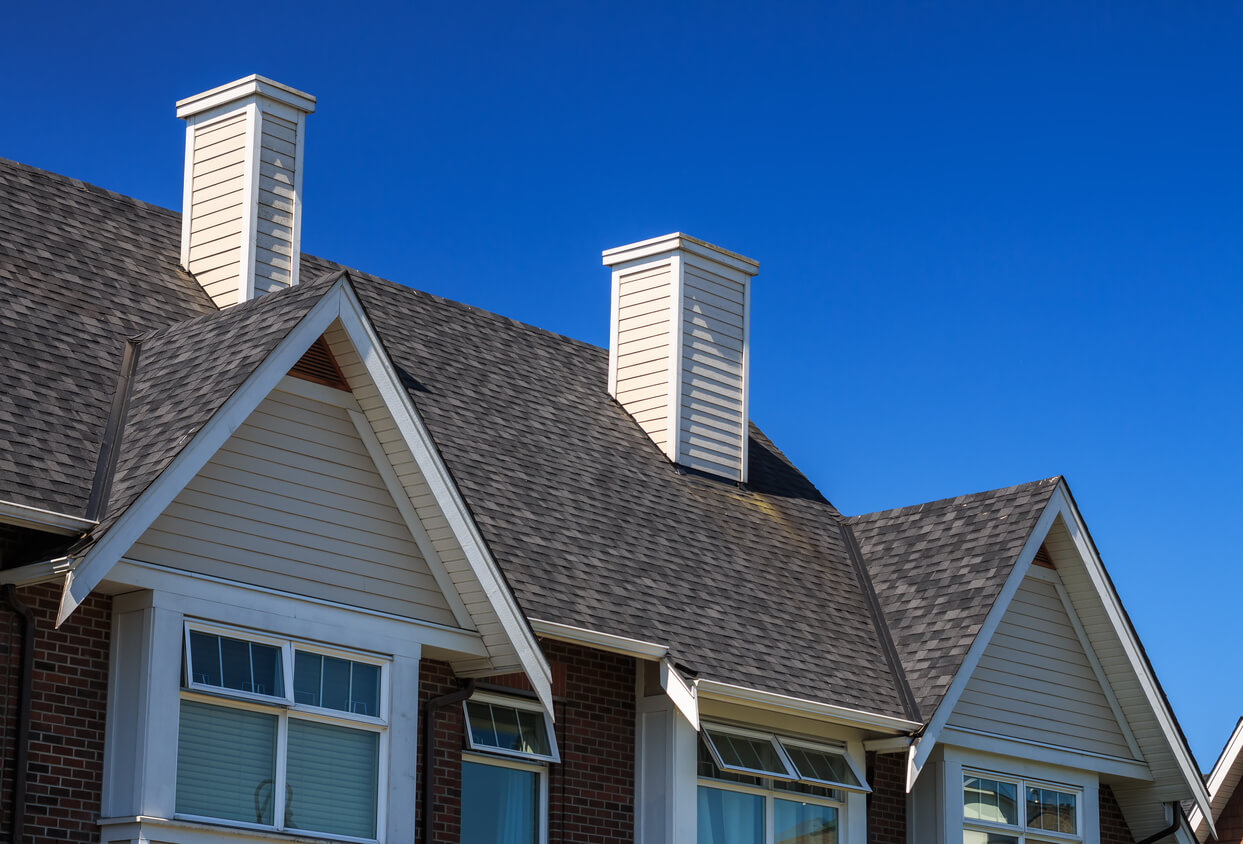The integrity of your roof depends on more than just shingles. One often overlooked yet critical component is the roofing underlayment. This layer, installed between the roof deck and the primary roofing material, plays a vital role in protecting your home from moisture and weather-related damage. While hidden from view, the underlayment is essential for ensuring your roofing system performs reliably throughout the year.
The Role of Roofing Underlayment
Roofing underlayment acts as a protective barrier between the roof deck and the outermost roofing layer, such as asphalt shingles or metal panels. Typically made from water-resistant or waterproof materials, it provides a crucial second line of defense against leaks, especially during heavy rain or snow. By preventing moisture intrusion, underlayment helps guard against mold, mildew, and structural damage inside your home.
Types of Roofing Underlayment
Choosing the right type of underlayment depends on your home’s needs and your region’s climate. The three primary types include:
- Asphalt-Saturated Felt: Commonly called felt paper, this traditional option offers basic water resistance. It’s an affordable solution suitable for many climates.
- Rubberized Asphalt: Known for its superior waterproofing capabilities, rubberized asphalt underlayment contains asphalt and rubber polymers. It’s best for areas with frequent storms, ice dams, or extreme weather conditions.
- Non-Bitumen Synthetic Underlayment: Made from polypropylene or polyester, this lightweight option is durable, tear-resistant, and highly effective at shedding water. It’s a popular modern choice for long-term performance.
Benefits of Proper Underlayment Installation
Investing in quality underlayment and professional installation provides several key advantages:
- Enhanced Leak Protection: It serves as a secondary moisture barrier, reducing the risk of costly leaks.
- Improved Roof Longevity: Protecting the deck from water damage helps extend the life of the entire roof system.
- Better Energy Efficiency: Some synthetic underlayments have reflective properties that can lower heat absorption, keeping your home cooler in the summer.
- Increased Fire Resistance: Certain underlayments offer fire-retardant features, adding an extra layer of protection.
Choosing the Right Underlayment for Your Climate
Homes in regions with fluctuating weather conditions, including wet winters and hot, dry summers, require underlayment that can withstand both extremes. When selecting the right product, consider factors like local weather patterns, roof pitch, building codes, and compatibility with your chosen roofing materials. A roofing contractor with experience in your area can help tailor the best solution for your home.
Work With a Trusted Roofing Expert
Pressure Point Roofing Eugene, LLC offers expert roofing services tailored to meet the demands of Springfield’s climate. Our team ensures that every underlayment is properly selected and installed, enhancing the durability, energy efficiency, and weather resistance of your roof. Contact us today at (541) 688-7663 or fill out our online form to schedule your consultation. Let us help you protect your home in Springfield, OR, with the right roofing solution built to last.
